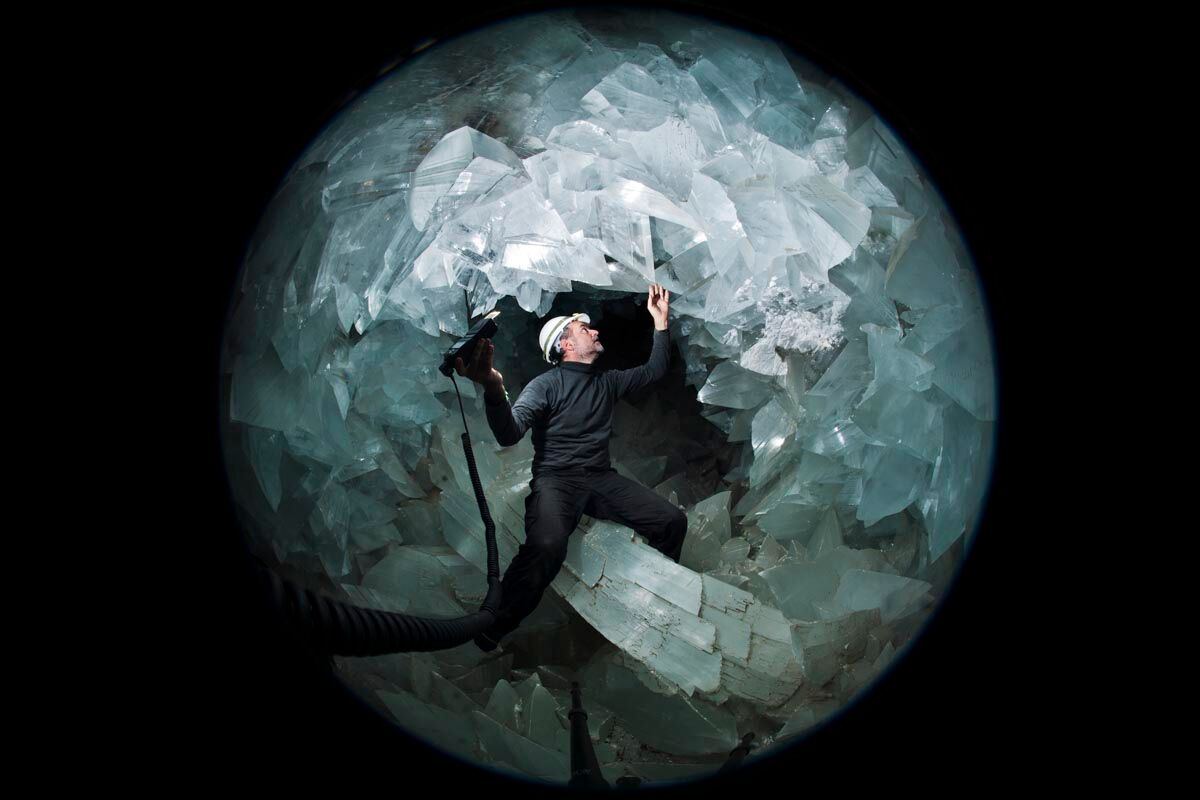When you purchase through golf links on our web site , we may earn an affiliate committal . Here ’s how it works .
Gobs of microscopic organisms call algae may have meet their peer in viruses that can invade their cell , ultimately leading to death , fresh research suggest .
The finding may aid investigator rectify models that forecastalgal bloomsand the influence these microscopical plants have on the climate , expert say .

A satellite image of an algae patch, with diamonds representing sample sites.
alga , also known as phytoplankton , are at the bottom of the food chain and can multiply into bloom cross thousands of miles at ocean . They also express out about half of all photosynthesis on the planet , trust on pigments like chlorophyll to capture the sun ’s energy and , during the process that regard carbon dioxide , turn that energy into sugars . The byproduct of the outgrowth is oxygen . [ globe from Above : 101 arresting Images from Orbit ]
" They are the foundation of the intact life at sea , " said the survey ’s co - principal researcher Ilan Koren , an associate prof of world and planetary sciences at the Weizmann Institute of Science in Israel . " There is no lifespan without these algal blooms . "
Usingsatellite image , the researchers examined algae blooms and their chlorophyl concentrations from distance . They focused onan alga patch in the North Atlanticthat commonly flower in the spring ( in the Southern Hemisphere , alga typically blooms in the fall and winter ) .

But artificial satellite imagery can tell scientists only so much . It can show whether an algae patch has a decreased immersion of chlorophyll , but it does n’t excuse why , Koren said .
He and his colleagues trip to a rotary 19 - mile - wide ( 30 klick ) bloom on a cruise to Iceland to take samples of coccolithophore algae known asEmiliania huxleyi . Viruses that kill the algae in boom - and - bust cycles , they obtain , were far-flung in the sample . Evidence also suggested that the algae cell broke down in a way that is indicative of a viral contagion .
Researchers have hypothesized that viruses believably control the proliferation of blooms , but this is the first subject field to show satellite grounds that viruses kick in to the demise of algal blooms , said Steven Wilhelm , a professor of microbiology at the University of Tennessee in Knoxville , who was not involved in the study .

" We ’ve been studying [ marine ] viruses now since about 1990 , when they re - emerge as being authoritative , " Wilhelm recount Live Science . " Twenty - five age afterward , many of our ideas and hypotheses are being proven by really square inquiry efforts like this one . "
Several factors can influence a blush ’s well - being , including uncommitted sunlight and besiege grazers such as zooplankton that eat the algae , Koren said . Many algae also thrive if the first 32 to 65 foot ( 10 to 20 meters ) of the ocean are well stratified from deep , colder layers of water where there is less igniter for photosynthesizing .
But if all of these conditions are unchanging , then biologic processes , such as viral infection , may account for the decline of an algal blooming , Koren tell .

" This is a huge step toward understand the ecology in its natural scale , " Koren add up .
The North Atlantic bloom they examine likely converted 24,000 tons of carbon dioxide fromthe ambience , a weightiness equivalent to 120blue whales , the largest animals on Earth . The algae exchange the carbon dioxide into energy - providing organic carbon paper in a process called carbon paper infantile fixation . ( Phytoplankton must " fixate " carbon before it can expend it during photosynthesis . ) Within one week , two - thirds of that carbon turned over as the blooming quickly grew and then expired .
What happens to carbon when an algal flower atomic number 66 has tantalized scientists for decennary . It ’s obscure if it pass into the ocean when the algae conk out , or if it gets released into the atmosphere as a contributor of global warming .

" People who are concerned in world-wide C cycling are very interested in this summons , " Wilhelmsaid .
The subject area does n’t answer this question , but it brings researchers a footmark closer to understanding what factor regulate algal heyday , Wilhelm told Live Science .
The lab of Assaf Vardi , assistant professor of plant sciences at the Weizmann Institute of Science , also contributed to the research . The field was published today ( Aug. 21 ) in the journalCurrent Biology .













